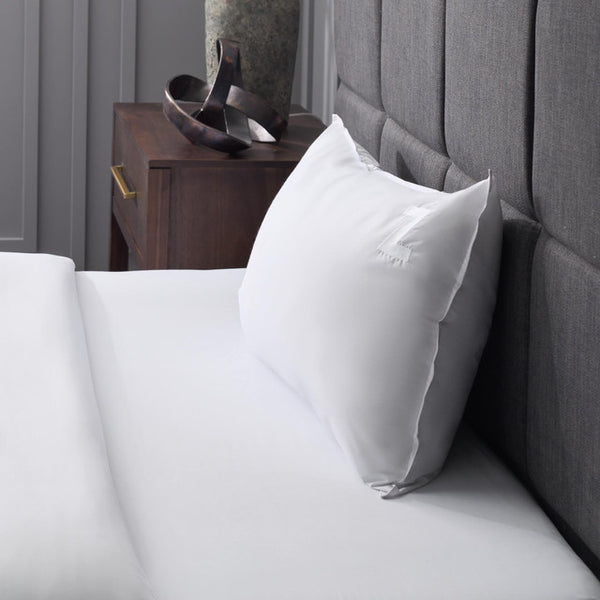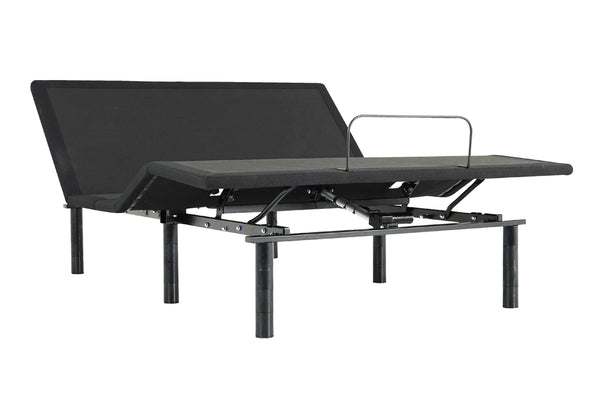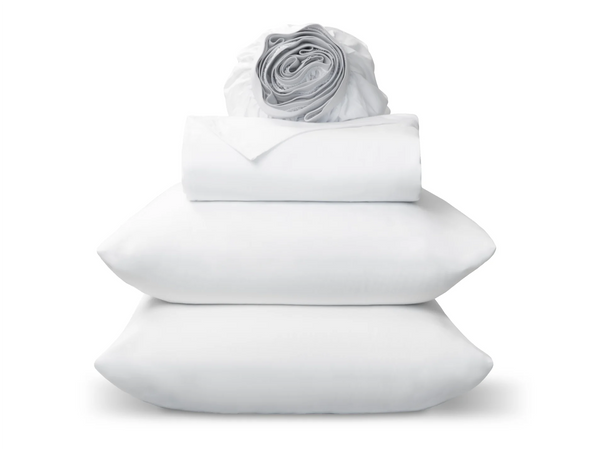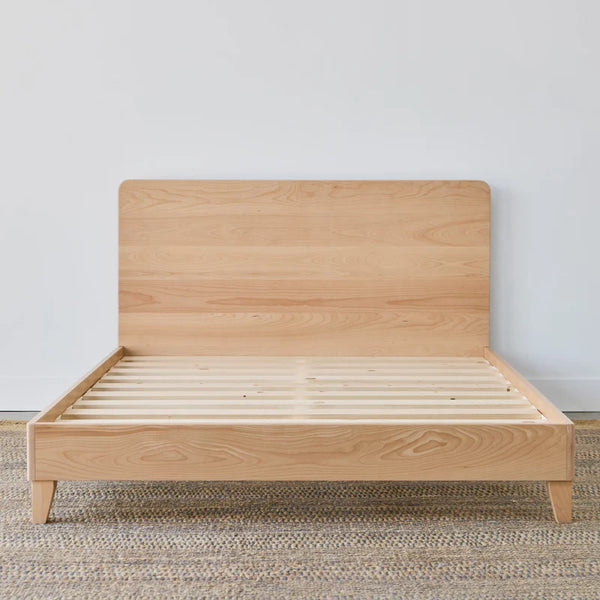
Overview
TL;DR: Testing a mattress is crucial for ensuring comfort and support tailored to your sleeping needs. Key factors to consider include firmness level, comfort materials, support for your sleep position, motion transfer, edge support, and temperature regulation. Spend at least 10-15 minutes testing each mattress, and consult knowledgeable staff for insights. After testing, read customer reviews and shop around for the best deal to enhance your sleep quality.
Frequently Asked Questions
1. Why is testing a mattress important?
2. What factors should I consider when testing a mattress?
3. How long should I spend testing each mattress?
4. Can I test a mattress with my sleeping partner?
5. What should I do after testing various mattresses?
When it comes to getting a good night's sleep, the right mattress is essential. A quality mattress can improve your sleep quality and overall well-being, making the investment worthwhile. However, with so many options available, how do you choose the perfect one? One of the most important steps in this process is to test your mattress before you buy. In this article, we'll explore the numerous benefits of testing a mattress firsthand, providing you with insights into how you can make an informed choice for your comfort and wellness.
Understanding the Importance of Mattress Testing
Buying a mattress is not a decision to take lightly. After all, we spend approximately one-third of our lives sleeping. With so much time invested, ensuring that you've selected the right mattress tailored to your needs is crucial. Testing your mattress allows you to assess its feel, support, and comfort level. Here are a few reasons why this step shouldn’t be overlooked:
Discover the Right Firmness Level
Everyone has different preferences when it comes to mattress firmness. Some people prefer a plush, soft surface, while others may find a firmer option more supportive. By testing various mattresses, you can determine which level of firmness works best for your body type and sleeping position. This personalized touch can dramatically enhance your sleeping experience and ensure you wake up feeling rested.
Assess the Comfort Materials
Every mattress comprises different materials that contribute to overall comfort. Memory foam, latex, innerspring, and hybrid options all provide unique benefits. By lying down on the mattress, you can evaluate how it feels against your body, whether it adequately disperses weight, and whether it maintains proper spinal alignment. This hands-on assessment is crucial for understanding how the materials will work for you in the long run.
Trying Out Your Sleep Position
Your preferred sleeping position plays a significant role in choosing the right mattress. Testing enables you to lie down in various positions—back, side, or stomach—to see how your body feels supported. Here’s how testing can benefit various sleep positions:
Support for Back Sleepers
Back sleepers typically require a mattress that offers adequate lumbar support. By testing mattresses, you can find one that supports the natural curve of your spine, ensuring you maintain proper alignment throughout the night.
Comfort for Side Sleepers
Side sleepers often need softer mattresses that can cushion their shoulders and hips. Testing helps determine whether a mattress can provide the necessary pressure relief without causing discomfort during sleep.
Stability for Stomach Sleepers
Stomach sleepers generally require a firmer mattress to prevent sinking, which can lead to back pain. By trying these options in-store, you can find the right balance to keep your spine aligned while providing the necessary support.
Identifying Motion Transfer and Edge Support
When sharing a bed, motion transfer can be an issue. Testing allows you to see how much movement is felt when one partner changes positions. Additionally, edge support is also essential for maintaining comfort and usability. By lying near the edge, you can verify if the mattress provides sufficient stability without feeling like you might fall off.
Evaluating Motion Transfer
While testing, ask a friend to help you by shifting weight or moving around on the mattress. How much movement do you feel on your side? A mattress that minimizes motion transfer helps ensure that disruptions don’t disturb your sleep, making it an essential factor for couples.
Testing Edge Support
Sitting or lying on the edge of a mattress can give you a better understanding of its edge support capabilities. Poor edge support can make getting in and out of bed uncomfortable, and it can also limit your usable sleep surface. Testing ensures you won’t find yourself rolling off in the middle of the night.
Feeling the Temperature Neutrality
Temperature regulation is another critical factor to consider when purchasing a new mattress. Some mattress materials retain heat, causing discomfort during the night. When testing your mattress in-store, pay attention to how cool or warm it feels after you’ve spent some time on it. This insight can help you select a mattress that suits your sleeping temperature preferences.
Personal Interaction with Retail Staff
When testing mattresses in a store, you have the opportunity to interact with knowledgeable sales staff. They can provide valuable information regarding the materials and construction of each mattress, offering insights that may not be readily available through online research. Utilize this time to ask questions and clarify any concerns, so you can feel confident in your decision.
Gaining Expert Guidance
The expertise of the staff can help guide you to options you may not have considered. They can also direct you toward sales and promotions that can make your purchase more affordable. Furthermore, asking questions about warranties and return policies during this personal interaction ensures that you’re fully informed.
Understanding Brand Reputation
Staff can share customer experiences and provide you with a sense of the brand’s reputation. Hearing about how mattresses have performed for others may sway your final decision.
Know What to Look for in a Mattress
As you embark on your mattress-testing journey, keep a few key factors in mind to optimize your experience:
- Take Your Time: Spend at least 10-15 minutes lying on each mattress to fully assess its feel and support.
- Try Different Brands: Don’t limit yourself to just one brand. Each company has distinct features and benefits, so exploring various options can lead to a better fit.
- Remember Your Sleeping Partner: If you sleep with a partner, it’s important for both of you to test the mattress together, ensuring that it meets everyone’s needs.
- Wear Comfortable Clothing: Wear loose-fitting clothes that let you move freely while testing the mattress. It’ll help you focus on how it feels without distractions.
The Importance of Reviews After Testing
After testing various mattresses, it's helpful to go online and read customer reviews. Reviews can provide additional perspective on the long-term comfort and performance of the mattress. Look for ratings and comments about its durability, heat retention, and overall satisfaction from other customers. This insight can further help in making an informed decision.
Getting the Best Deal
Once you’ve found the mattress that checks all the boxes, don’t forget to shop around. Many retailers offer price matching or special promotions that can help you save. Additionally, verifying the return policy of the mattress will allow you to explore the option comfortably without the pressure of making an immediate decision.
Your Journey to a Restful Night's Sleep
Choosing the right mattress doesn’t have to be overwhelming. Testing your options allows you to assess comfort, support, and even temperature control before making a purchase. By taking the time to understand your preferences and needs while engaging in the testing process, you can ensure that you’re investing in a mattress that enhances your sleep quality for years to come. So next time you're in the market for a new mattress, remember: nothing beats the experience of laying down and finding your perfect match. Happy mattress hunting!








